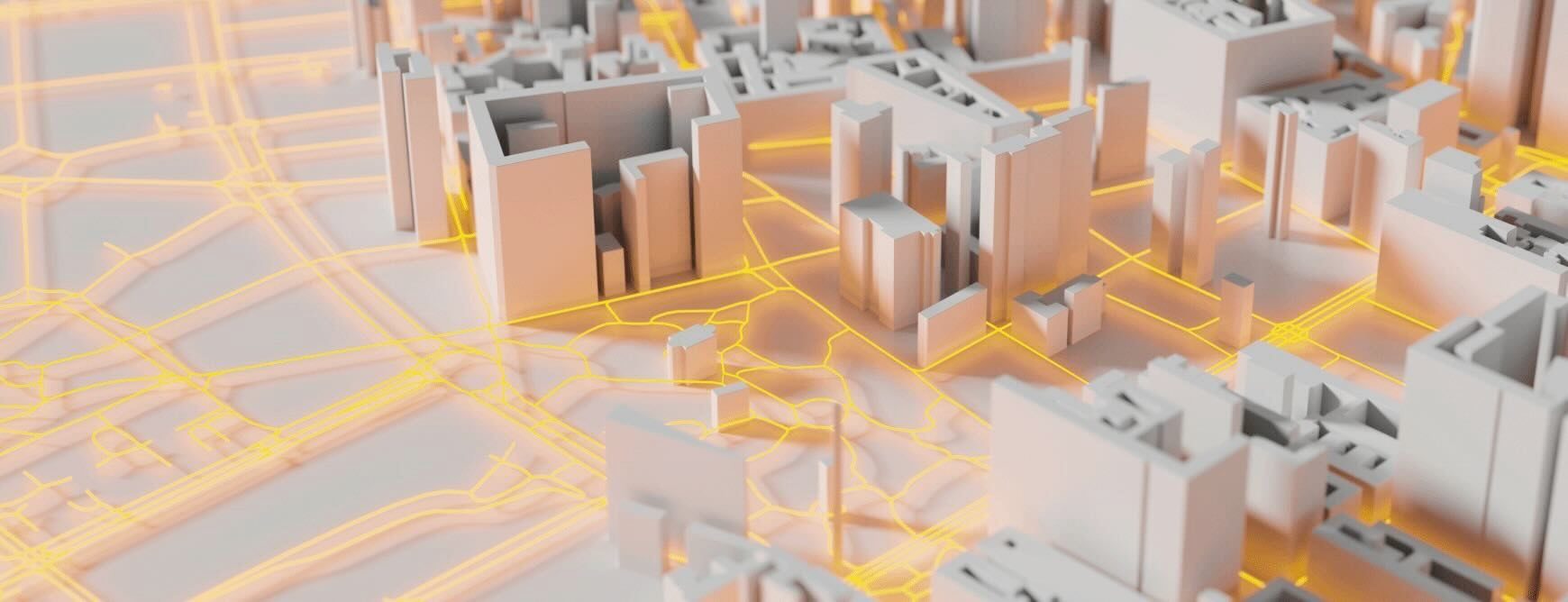Main Menu
Pure 優勢
解決方案
產品
支援及服務
資源
合作夥伴
公司



